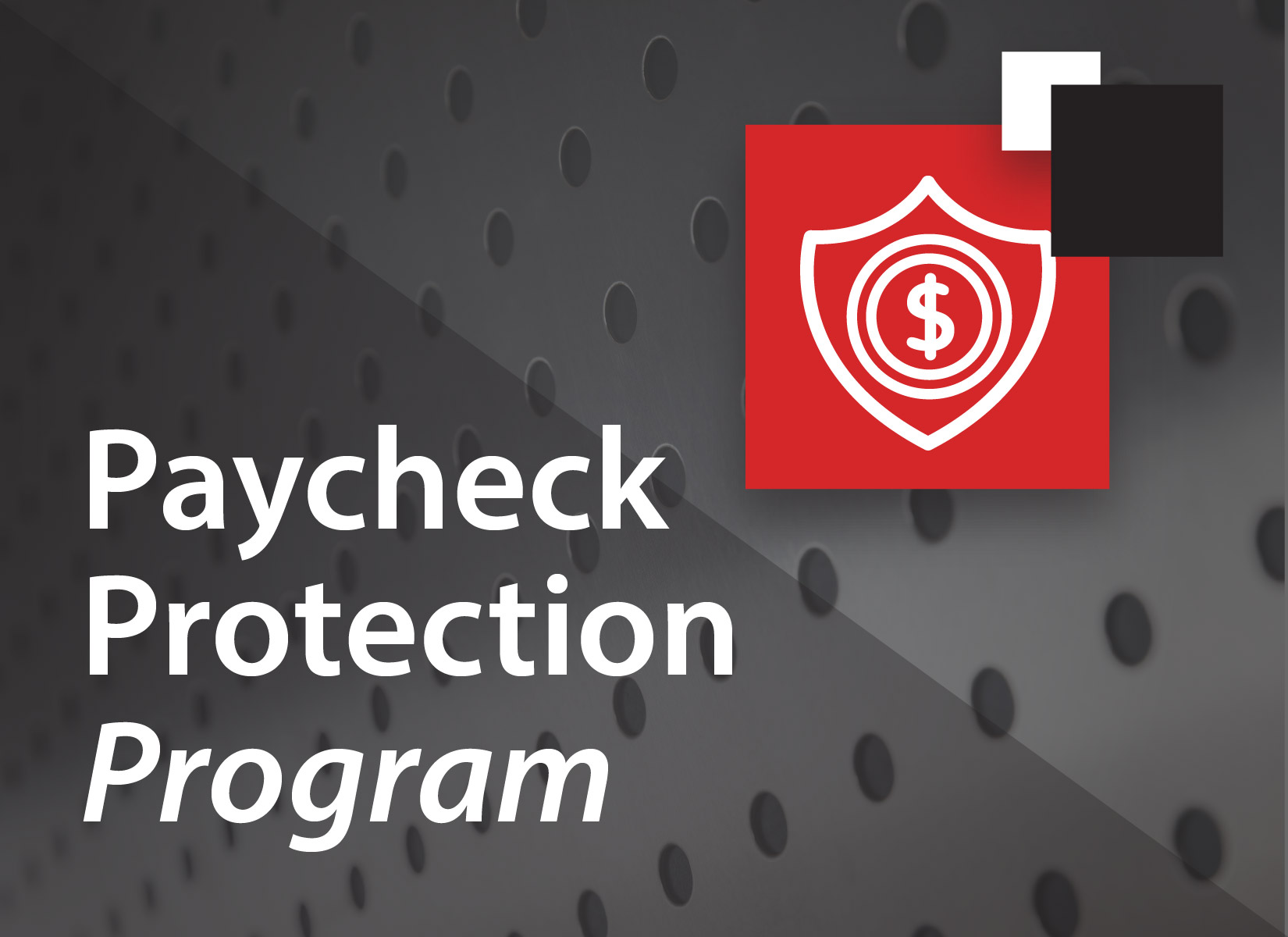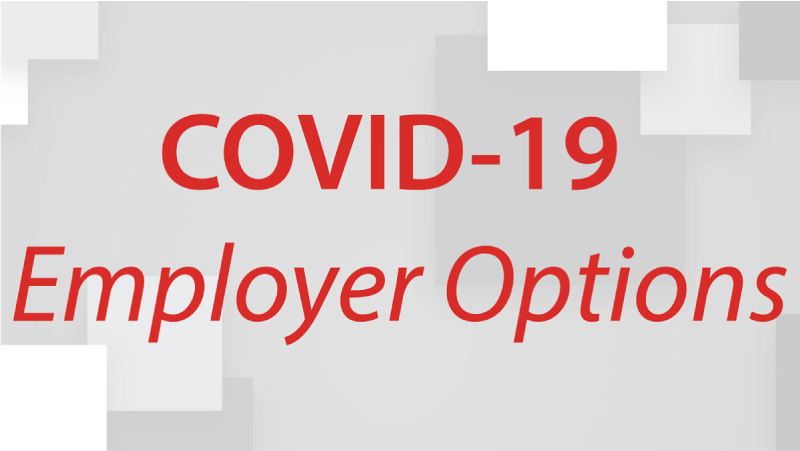
Paycheck Protection Program Details Released – April 1, 2020
April 1, 2020
FFCRA Updates – April 6, 2020
April 6, 2020Employers are having to make difficult decisions about whether or not to keep employees on payroll during the “stay-at-home” order and the resulting economic slowdown. The Families First Coronavirus Response Act (FFCRA) and Coronavirus Aid, Relief, and Economic Security Act (CARES) provide some options, but choosing the right combination of benefits depends upon the business.
“Essential” businesses (click here for more information) are still operating and may have maintained full employment or even added new employees. However, these employees are eligible to take up to 80 hours of Emergency Paid Sick Leave (EPSL) to care for themselves or others who have symptoms related to COVID-19 or to take up to 12 weeks (combined with EPSL) of paid Family Leave to care for the employee’s own minor child(ren) whose school/childcare provider is closed due to COVID-19.
- “Essential” businesses should take proactive measures to ensure that employees can perform their job duties in a safe environment. This may mean modifying the way that they work, providing protective equipment and hand sanitizer, screening employees for symptoms of COVID-19 at the beginning of each work shift, and conducting additional safety training. All of these precautions should be documented in case the employer ever has to prove that they took reasonable measures to provide a safe workplace.
- Additionally, “essential” businesses may consider paying employees “hazard pay” for continuing to work during this time and communicating in writing to employees that this is a temporary pay increase.
Other businesses may have “laid off” employees who are unable to perform work duties from home. A “lay off” is a termination of the employment relationship for business reasons rather than for performance issues. These employees can apply for expanded unemployment benefits.
- If work is available, the business may opt to “rehire” laid off employees and take advantage of the Paycheck Protection Program (PPP) which allows employers to apply for a forgivable loan equal to 2.5 months of average payroll costs based on the previous 12 months. This loan may be used to pay employees, maintain benefits and for certain other business-related expenses (rent, mortgage, utilities, etc.).
Another option is to furlough employees. A furlough is an unpaid leave of absence; the employee returns to work at the end of the furlough period. During a furlough the employer may continue to provide health insurance benefits using the PPP loan. Furloughed employees are also eligible for unemployment benefits while they are not receiving wages.
Some employers may have cut work hours due to business reduction. Non-exempt employees must be paid for actual hours worked but exempt employees (as defined by the Fair Labor Standards Act (FLSA)) must be paid their full regular salary any time they perform any work duties during a work week UNLESS the employer has documented “a bona fide reduction … during a business or economic slowdown …” (see Dept. of Labor regulations). Employees working a reduced work schedule are eligible for partial unemployment benefits.
Employers may take payroll tax credits to offset the cost of providing FFCRA paid leave. In addition, there is an Employee Retention Credit that offers a 50% credit on payroll taxes on wages up to $10,000 per employee. Employers may also delay payment of the employer-share of payroll taxes due between now and January 1, 2021. Please contact us at in**@**********ol.net if you would like more information.
An HR professional can help you with all of your human resources needs. From hiring the right employees, running background checks, creating employee handbooks that include anti-harassment policies and procedures, and so much more, Next Level Solutions can work with you to provide the services that you need to run your business.
Don’t risk being out of compliance or letting your employee handbook become obsolete; give us a call today to see how we can become your human resources partner.


